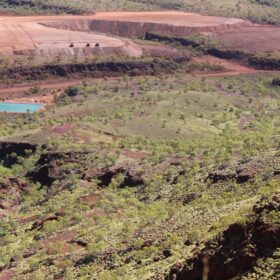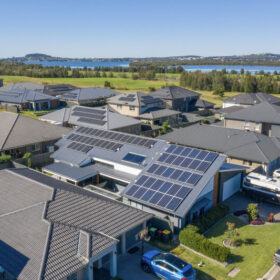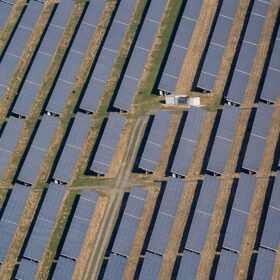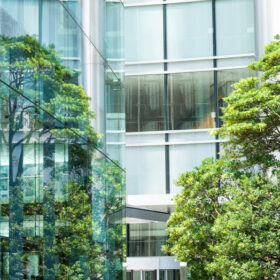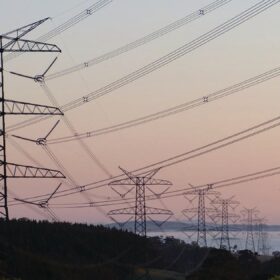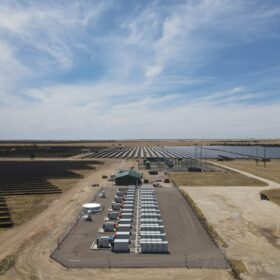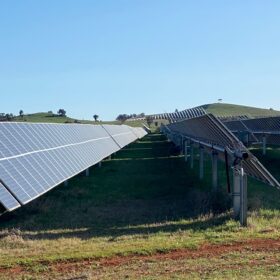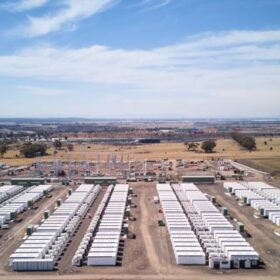First Nations lead clean energy initiatives beyond Juukan Gorge
Many of the big wind and solar farms planned to help Australia achieve net zero emissions by 2050 will be built on the lands and waters of First Nations peoples. More than half of the projects that will extract critical minerals to drive the global clean energy transition overlap with Indigenous-held lands.
Not so fast… the Bouldercombe Battery is not yet back into service after the fire
On September 26, the Bouldercombe battery in Queensland caught fire during its commissioning process. Now, it is being reported the battery facility is already back up and running – which isn’t quite the case, WattClarity’s Paul McArdle explains.
The human factor: why Australia’s net zero transition risks failing unless it is fair
This article is part of a series by The Conversation, Getting to Zero, examining Australia’s energy transition.
Successful energy transition depends on managing when people use power. So how do we make demand more flexible?
Energy security concerns are mounting as renewable projects and transmission lines are delayed. In New South Wales, for instance, the government has flagged it may defer the closure of Eraring coal power station beyond 2025.
Is the sun setting on utility solar?
The Federal Government has legislated emissions reductions of 43% below 2005 levels by 2030. Sourcing electricity from renewable technologies is fundamental to meeting this, with a much-publicised target of 82% renewables in the grid by 2030 – up from a current value of 38% over the last year.
The road is long and time is short, but Australia’s pace towards net zero is quickening
The marks of industry have forever changed the Hunter Valley in New South Wales, edged by the Blue Mountains to the south and ancient rainforests to the north. Coal has been mined here for more than 200 years, providing generations of people with good livelihoods and lives. But the end of coal in the Hunter does not spell the end of communities. Quite the opposite.
Australia needs net zero by 2035, not 2050
This year’s heightened drumbeat of extreme weather shows us how little time we actually have to slash emissions. It is now clear that going slow on cutting greenhouse gas emissions is much more expensive than taking action.
Urgent action required to become green hydrogen superpower
Joe Biden’s surreptitiously-named Inflation Reduction Act has been described as the world’s biggest piece of climate change legislation, as big in its impact as the Paris Climate Change Agreement. Scott Hamilton and Joanna Kay argue Australia must act now to keep capital and talent onshore.
Warnings over grid reliability really about building more transmission lines
“To ensure Australian consumers continue to have access to reliable electricity supplies, it’s critical that planned investments in transmission, generation and storage projects are urgently delivered.”
Green hydrogen offtakers can shape industry’s development
With strong government backing; a systems approach to development that views each component of hydrogen production and delivery as a whole; and growing demand, Australia could be on track for a commercially viable green hydrogen industry by 2030.
